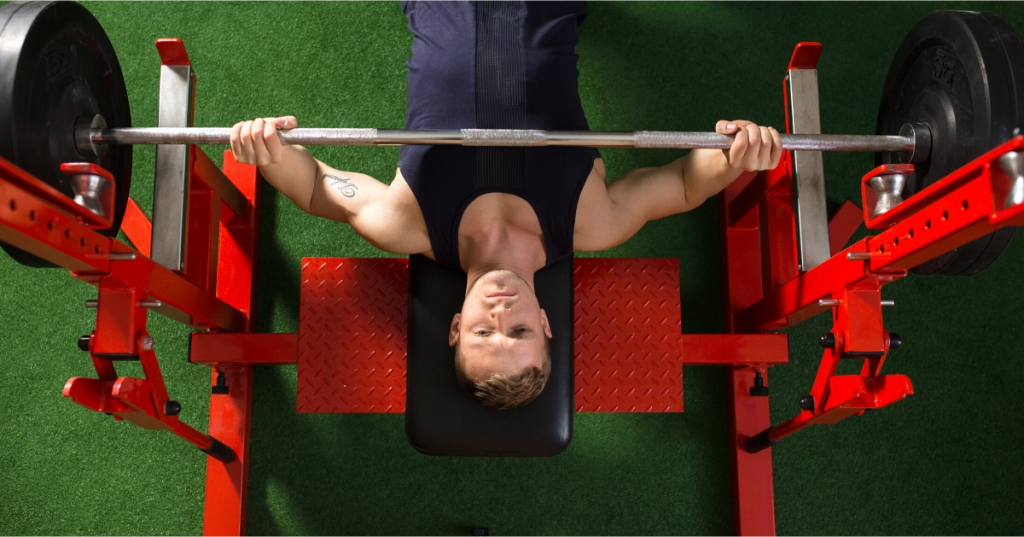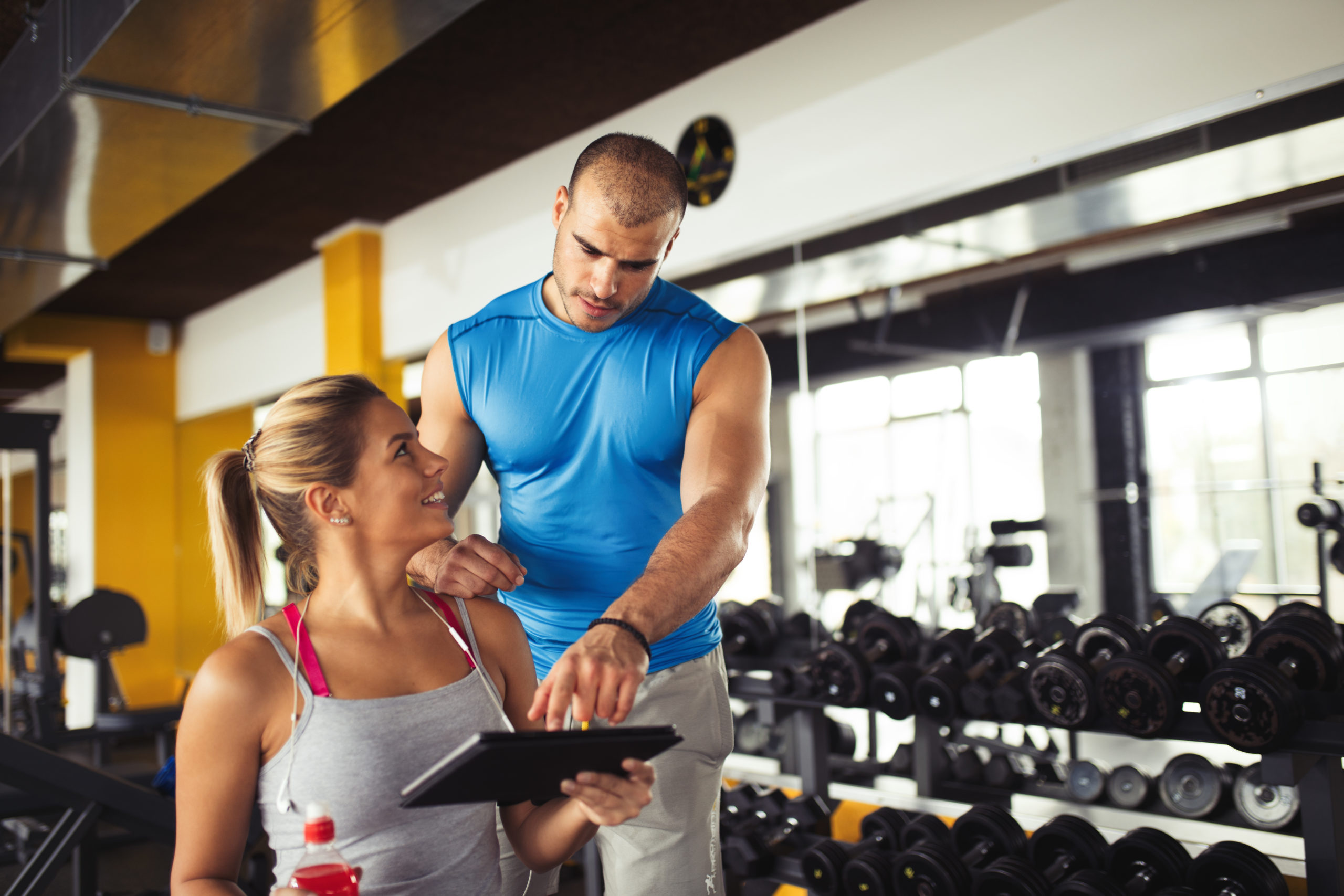Training and competing in hot conditions, including passive methods, is a growing interest with support staff, team coaching, and the public as a whole. The thermoregulatory strain of heat places athletes at risk, but it also provides a potential role in improving adaptation to training. In addition to recommendations and guidelines for training and competing in the heat, this Academy Guide will outline new cooling strategies and monitoring techniques. The magnitude of heat risk is growing, mainly due to higher work rates and rising temperatures outdoors. A combination of awareness, education, planning, and action is essential for reducing heat illness and improving the outcomes of training and competition.
Heat Acclimatization Strategies for Training and Competing
Preparing for competition in the heat requires adjustments during training and competition, if possible. Due to the nature of international and domestic travel, some teams and athletes do not have the luxury of acclimatizing to the environmental conditions with enough exposure time. Optimal acclimation requires incremental exposure based on environmental conditions and the fitness level of the athlete; thus, some athletes may not be able to adapt and must instead focus on coping and recovery strategies. With several sports participating in events with radically different climates such as tennis and American football, competing against individuals or teams who are acclimated to heat does pose a disadvantage.
Primarily, three target areas exist with heat acclimation. Adaptation, baseline profiling, and competition preparation are the main goals of heat training. Each phase takes a few weeks to receive physiological benefits, and specific timing to properly periodize. For example, if the goals are to peak for a specific game or competition in the heat, prior acclimation that season is helpful, but allowing for one to two weeks of exposure can potentially improve the success rate. If the athlete or team requires future acclimatization and a baseline, a full two weeks is necessary. With just a few training sessions, immediate benefits like physiological boosts to adaptations can be seen in a matter of days. However, adaptations are more likely to be sufficient after two weeks.
A reversal of the adaptations, similar to detraining, can occur in one to two weeks. Short-term benefits may last up to a month before they are completely lost. Depending on the conditions and training methods, athletes can maintain the adaptations slightly longer, but only for added days rather than additional weeks.
Hydration Adjustments to Exercise in the Heat
Proper hydration is a vital component of managing heat strain for athletes. Focus on individual hydration tactics to improve athlete safety and performance. A more comprehensive guide to athlete hydration explains the numerous factors that determine the success and failure of simple hydration, such as monitoring athletes and knowing their sweat profile (sodium loss) prior to developing an intervention plan. When making adjustments to hydration in the heat, factors that are influential on outcomes are the acclimatization, the sport itself, and the athlete’s hydration strategy. If an athlete is unable to train in the heat to adapt to the environmental conditions, the hydration strategies will likely need to be modified.

USG visualizations can give insights into the hydration balance in athletes during an intensive training season. General hydration guidelines should be followed, such as the typical need to improve liquid intake before, during, and after events in the heat. The severity of the impact from a decrease in performance due to hydration levels tends to be more exaggerated, but when body core temperature rises and hydration falls, health risk increases and poor performance will likely occur, even if much of the influence is psychological.
Recommendations for Cooling Athletes
The reduction of body temperature to sustain performance can be addressed by several means, including total or partial cold water immersion, cold vests, ingestion of near frozen liquids, and conventional cutbacks in work rate and exposure time. When attempting to improve an athlete’s capacity to handle heat, the process is similar to training in altitude and requires days to acclimatize. When trying to recover from heat, it’s a matter of reducing physical strain and the ability to rebound to the next session.
Cold water immersion (CWI) is thought to be a recovery method, but most of the research supports the use of CWI for lowering body temperature in order to facilitate a return to homeostasis. The use of cold tubs and other methods is likely appropriate for tournaments and multiple training session demands. Other external applications are cooling vests and cooling apparel that reduce core temperature and are popular with athletes due to their effectiveness and practical benefits.
Internal applications, such as low-temperature beverage ingestion, have been thoroughly researched in sport science as nominal solutions to maintaining thermoregulation. Some small benefits do occur if cold liquids are consumed before activity, but the effects are mild. Ice-slurry ingestion, or drinking beverages that are nearly frozen, addresses thermoregulation effectively from internal cooling of the core. Beverages can be customized by sports nutritionists and are best used before training or competition. Coaches utilize hydration toolkits to streamline the hydration process for their athletes.

Of course, teams and support staff have combined techniques for athletes, as a multi-faceted intervention is likely more potent than a singular option. Research has not been able to determine the weight of each intervention when sequenced or combined; thus, internal monitoring should be performed to assist in discovering possible methods that improve cooling outcomes and physiological recovery.
Due to the ethical component of athlete recovery and safety, not using cooling strategies in maximal performance and hot environments is a potential liability. In theory, competition or intense training will improve an athlete’s physiological responses to heat later, but strategically, this approach is not the same as heat acclimation because it’s risky. Periodized approaches to cooling and heat acclimatization require the training staff to know how much stress is reasonable to elicit training adaptations, and cooling strategies are typical with competition and seasonal demands such as tournaments and potential peaking needs.
Passive Modalities for Recovery or Athlete Adaptation
Efforts to expand the capacity of an athlete or facilitate recovery using heat have been thoroughly researched, and the science is still conflicting as to the advantage of exposing athletes to heat passively. Based on current evidence, a theoretical benefit exists to exposing athletes to brief periods of extreme heat, such as saunas. Similar to altitude tents, artificial methods of simulating environmental conditions may be a useful technique for some teams and athletes who need to remotely prepare for extreme conditions or wish to manipulate physical strain for possible advantages.
There is growing interest in passive heat training, using thresholds that are not fatiguing but boost physiological adaptations. While the science is early, the results are promising. What is also encouraging is that both team sport and Olympic sport may reap benefits from past heat adaptation training, including simple interventions such as a sauna session repeated multiple times a week.
As a recovery process, some investigation into the science is conflicting, but a few methods do appear to have benefits to athletes. A fair question you can ask is whether the heat is stimulating further capacity to reduce fatigue or if the stimulus is actively facilitating restoration of athlete capacity. Based on the known research, heat therapy after training further improves the athlete’s short-term adaptation without adding fatigue if done poorly, therefore it’s technically not recovery like cooling is. Cooling interventions, not cryotherapy, facilitate recovery acutely, but fail to add adaptation benefits outside mild therapeutic changes. Some contrast heat therapies have shown to add physiological changes to autonomic function, but nothing regarding neuromuscular power is available in the current scientific literature.
Monitoring Athlete Temperatures Status and Support
A three-pronged approach to monitoring athlete status is necessary to fully capitalize on cooling and loading strategies in the heat. It is recommended that teams or support staff record the environmental conditions, monitor the athlete’s temperature, and document the interventions performed such as cooling strategies and nutritional applications. Direct measures of temperature and humidity are important, as weather forecasts are not reliable to use because they are typically averages for the area. Skin temperature is useful, but an athlete’s core temperature is the gold standard. With regard to intervention recording, much of the data is subjective or manually counted, but in the future, technology integration will improve the accuracy and convenience of affected measures.
Monitoring environmental conditions is not just important for athlete safety, but also essential for factoring in variables that confound the athlete’s recovery and training load calculations. Just a few degrees variation can change heart rate response, and athletes who train outdoors in the heat will report higher ratings of subjective fatigue. Monitoring the athletes themselves using telemetry or other methods of athlete thermoregulation such as infrared cameras is only a proxy estimate, but reliable enough to add value to the support process. Recording recovery variables and cooling methods should be factored in with the recovery profile, as athlete data can be influenced by external support. Thus, testing performance must be carefully replicated so that data can be compared properly.
Constructing an Internal Action Plan
The first step in improving the outcomes for heat training and competition is to ensure that awareness of the risk is noted and valued. After agreement is made, you must allocate resources to monitoring, supporting, and educating those involved. The risks and benefits with exposure to outdoor or indoor hot environments are complicated and real. Maintaining education internally on the latest scientific research is necessary to properly vet and understand the methodologies that can reduce the risks of heat illness. In terms of responsibility, the entire staff must be organized and have plans in place to support both the recovery needs of heat exposure and the training adjustments necessary to optimize performance. While some sports have the luxury of indoor environments, most sports must factor in how heat and thermoregulation interact with the training and recovery processes. Investing in monitoring and prevention strategies to handle heat can not only save lives, but also improve performance.

CoachMePlus is a comprehensive solution for any training environment, ranging from scholastic level to pros, and including both military and private facilities

Recent Comments